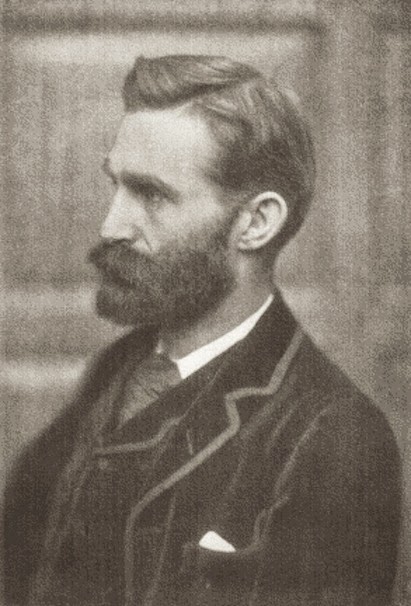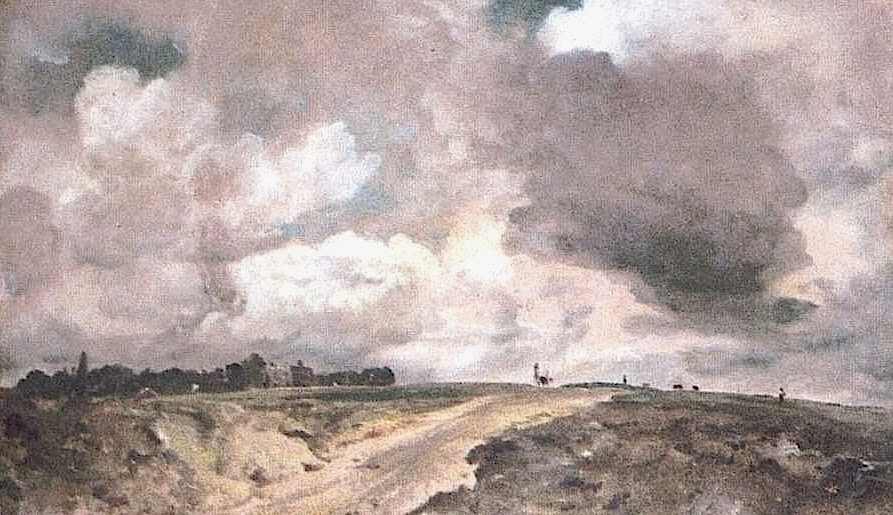In his autobiographical Everyman Remembers ( 1931), the litterateur Ernest Rhys recalls his friendship with Frank Podmore, one of the more colourful members of the late nineteenth century Spiritualist community, a co-founder of the Fabian Society and the author of a fat biography of the proto-socialist Robert Owen.
Like Anthony Trollope, the Oxford-educated Podmore, was a writer who held down a day job with the Post Office. But unlike the Victorian novelist, he was, to quote Rhys, ‘unimaginative’ and ‘practical to a degree, but cultured and full of intellectual curiosity ‘—ideal qualities for a paranormal investigator. But although Rhys touches on his friend’s investigations, he seems more interested in the odd personal lives of Podmore and his wife Eleanor. Here, for instance is his impression of the odd couple in their Hampstead home:
They set up house in Well Walk, and furnished it with extreme taste and a touch of virtuosity.
Continue reading




